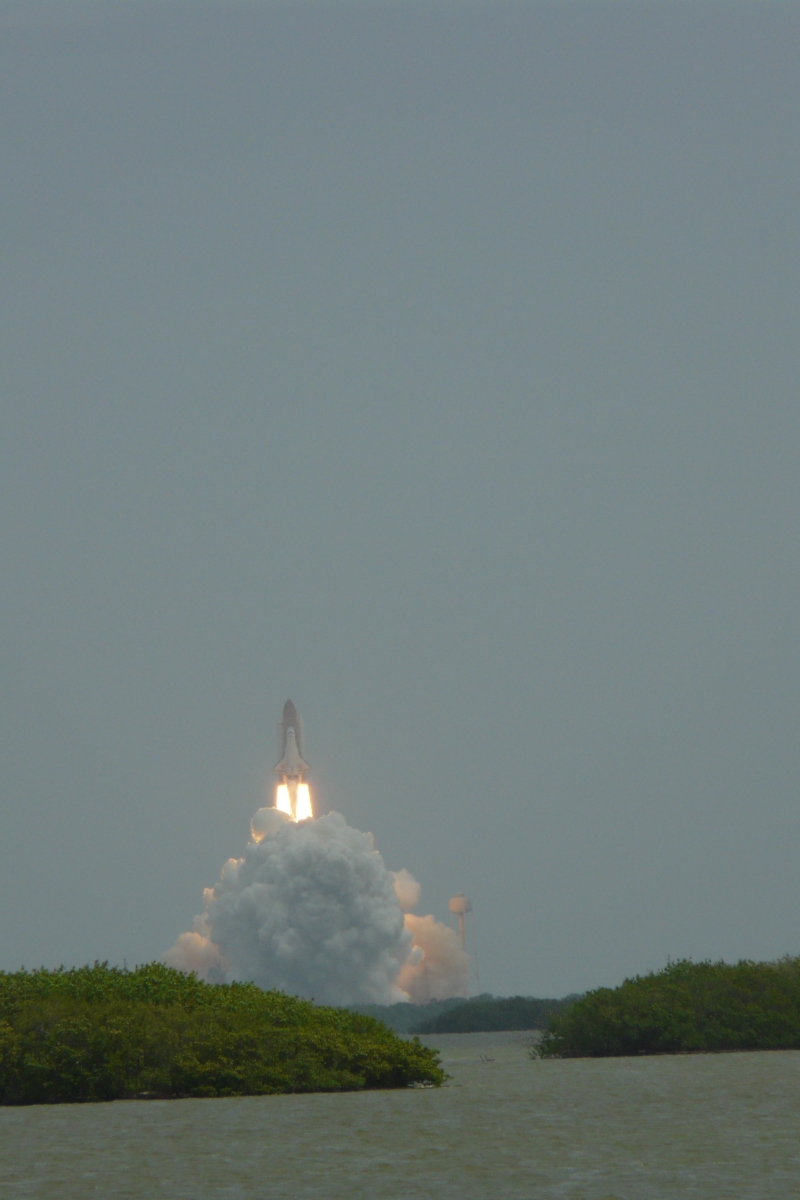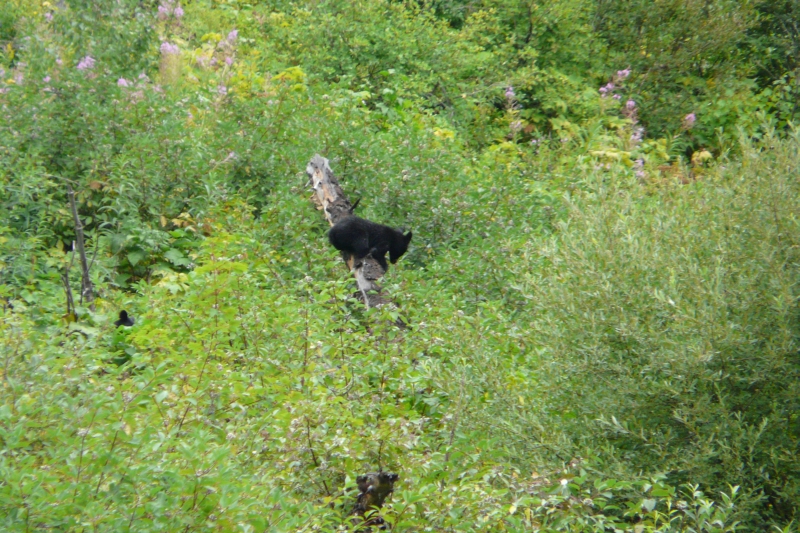|
|
 
|
|
Author
|
Topic: Question about DSLR Available/Affordable Lenses
|
|
|
|
|
|
|
|
|
|
|
Randy Stankey
Film God

Posts: 6539
From: Erie, Pennsylvania
Registered: Jun 99
|
 posted 11-23-2014 11:57 AM
posted 11-23-2014 11:57 AM




quote: Lyle Romer
I have seen 500mm mirror lenses for under $100.
Catadioptric (mirror) lenses have drawbacks. If you understand them and are willing to work with those drawbacks, okay. But I have seen lots of people who buy them and end up being disappointed.
"Cat" lenses do not have ƒ-stops. Because of the way the optical system is arranged (a system of lenses and mirrors that obstructs the center part of the lens) they can't have a diaphragm. The lens's ƒ-number is set by the ratio of its focal length divided by the diameter of its primary mirror. You're probably going to be stuck with something in the range of ƒ-8 or ƒ-11.
That means that you're going to need a lot of light or else your going to need to use slower shutter speeds. (Or use a faster ISO.)
That leads to another problem. The higher the magnification, the more the lens magnifies camera shake. Unless the camera has image stabilization or you use a big, heavy tripod, you will get a blurry image due to slow shutter speed. When taking pictures of birds and butterflies, sharp focus is likely going to be important for you.
You're also going to end up with razor thin depth of field and huge hyperfocal distances. You might end up with a DOF of less than a half inch at 10 ft. distance or 3.5 ft. at 100 ft. distance. Your hyperfocal distance is probably going to be on the order of 2-3000 feet or more.
Catadioptrics can produce crappy contrast if the light isn't bright. Like a bright, sunny day. They can also produce ring shaped halos around specular highlights.
None of these things are meant to tell you that you shouldn't get a mirror lens but you need to know their properties before you jump into buying one. If you can work with these limitations, okay. Since you are doing a lot of landscape and nature photography, you might, very well, find a catadioptric to be useful.
There are a lot of nature photographers where I work and I have seen a few people who bought these lenses but ended up being disappointed by them because they didn't understand their properties.
That's probably the reason why you're seeing that mirror lens for sale at such a cheap price. It was probably bought by somebody who ended up disappointed and who is trying to dump it for cheap.
If you know what you're buying, his loss could be your gain! ![[Big Grin]](biggrin.gif)
| IP: Logged
|
|
|
|
Randy Stankey
Film God

Posts: 6539
From: Erie, Pennsylvania
Registered: Jun 99
|
 posted 11-23-2014 07:03 PM
posted 11-23-2014 07:03 PM




I have more than 100 cameras but it's not the camera that makes the photograph. It's the idiot behind the camera that makes the photograph. Any good photographer can make a good photograph with a beer can.
There are two important things:
First, the photographer needs to know what he wants in a photograph. Call it "conceptualization." Call it "previsualization." Call it whatever you want but, no matter what you call it, you need to have something in mind before you even put your finger on the shutter release.
Second, the photographer needs to know how to achieve the desired result. You don't need to know every detail about how digital sensors work. You don't need to have a PhD in chemistry or optics. You just need a basic idea of how the photographic process works and how your equipment works to that end.
Out of the many cameras in my collection, I use, maybe six of them with any frequency and only two or three of them, regularly. The rest are only used in special situations or, maybe, just because I like tinkering with old cameras. I look at my collection like a golfer looks at his bag full of golf clubs. I have a driver and a putter and a fairway club. The rest are just extras.
The upshot is that I don't worry about the minute details of each camera's specs unless I need to do so for a certain picture. I do most of my shooting with a Rolleiflex and a Pentax K-1000. The important thing is that I know how a TLR works versus an SLR or how center-weighted TTL metering works versus a Gossen hand meter.
I use this knowledge, coupled with the concept of what my picture is going to be and I use it to decide what camera and film to use.
So, the bottom line is... Pick a camera and stick with it.
Sure, you should pick a good camera but don't slave over details. Just pick the equipment that meets your needs and don't worry about all the other junk unless and until you come to the place where you need to worry about that stuff.
If you are an amateur/vacation photographer, a point-and-shoot or your iPhone will do. If you are a serious amateur, a good quality SLR is probably what you need but you likely don't need every bell and whistle. Unless you are a serious professional, you can worry abut that stuff later.
Nikon and Canon are probably the two top brands but, with either brand, there are people who swear by them and there are people who swear AT them. Some people like Sony, Others like Fuji. The list goes on.
It's good to see that you are doing your homework but, by the same token, don't let it paralyze you and keep you from getting a camera.
The whole point of the exercise is to get your ass outdoors and take pictures!
Right? ![[Big Grin]](biggrin.gif)
| IP: Logged
|
|
|
|
|
|
|
|
|
|
|
|
All times are Central (GMT -6:00)
|
|
Powered by Infopop Corporation
UBB.classicTM
6.3.1.2
The Film-Tech Forums are designed for various members related to the cinema industry to express their opinions, viewpoints and testimonials on various products, services and events based upon speculation, personal knowledge and factual information through use, therefore all views represented here allow no liability upon the publishers of this web site and the owners of said views assume no liability for any ill will resulting from these postings. The posts made here are for educational as well as entertainment purposes and as such anyone viewing this portion of the website must accept these views as statements of the author of that opinion
and agrees to release the authors from any and all liability.
|

 Home
Home
 Products
Products
 Store
Store
 Forum
Forum
 Warehouse
Warehouse
 Contact Us
Contact Us




 Printer-friendly view of this topic
Printer-friendly view of this topic






![[Smile]](smile.gif)

![[Big Grin]](biggrin.gif)








